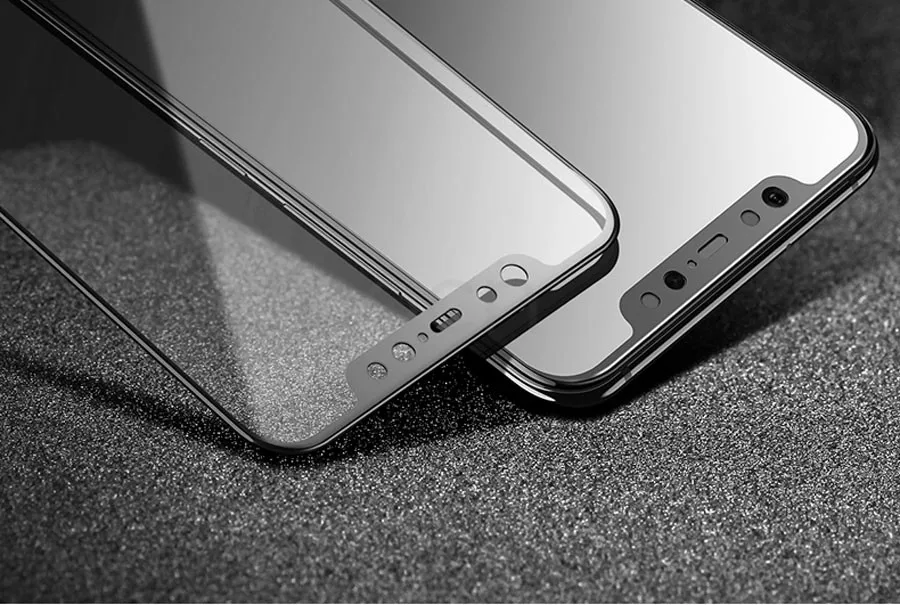Ultra-thin Glass Market in Automotive and Aerospace Industries

Introduction
Ultra-thin glass is a high-performance material that has gained significant traction across various industries, with automotive and aerospace sectors emerging as key adopters. Due to its exceptional lightweight properties, durability, and optical clarity, ultra-thin glass is being increasingly used for advanced display systems, lightweight glazing, and structural components. This article provides an in-depth analysis of the ultra-thin glass market in the automotive and aerospace industries and its impact on future technological advancements.
Rising Demand in Automotive Industry
The automotive industry is embracing ultra-thin glass due to its potential to enhance performance, safety, and energy efficiency.
-
Head-Up Displays (HUDs)
-
Ultra-thin glass is used in head-up displays, providing clear and scratch-resistant surfaces for advanced driver assistance systems (ADAS).
-
With the rise of autonomous and connected vehicles, HUDs are becoming a crucial component, increasing demand for ultra-thin glass.
-
-
Lightweight Windshields and Windows
-
Automotive manufacturers are focusing on reducing vehicle weight to improve fuel efficiency and electric vehicle (EV) range.
-
Ultra-thin glass helps achieve weight reduction without compromising strength and durability.
-
-
Touchscreen Control Panels
-
The growing integration of digital dashboards, infotainment systems, and interactive touch panels in vehicles is driving the use of ultra-thin glass for its superior touch sensitivity and durability.
-
-
Panoramic Sunroofs and Glazing
-
Luxury and high-performance vehicles are incorporating ultra-thin glass for panoramic sunroofs and side windows to reduce weight and enhance passenger experience.
-
The material’s enhanced resistance to thermal expansion makes it ideal for automotive glazing applications.
-
Applications in the Aerospace Industry
The aerospace sector is leveraging ultra-thin glass for its lightweight and robust properties to improve efficiency and reduce operational costs.
-
Aircraft Windows and Windshields
-
Ultra-thin glass provides high optical clarity and impact resistance, making it an ideal material for cockpit windshields and passenger windows.
-
Its lightweight nature helps reduce aircraft weight, leading to lower fuel consumption and improved performance.
-
-
Avionics Display Panels
-
Advanced digital cockpits and in-flight entertainment systems use ultra-thin glass for high-resolution and durable display screens.
-
The growing adoption of touch-based control interfaces in aircraft is further driving demand for ultra-thin glass.
-
-
Structural Components
-
Ultra-thin glass composites are being explored for use in aerospace structures due to their high strength-to-weight ratio and resistance to extreme environmental conditions.
-
-
Satellite and Spacecraft Applications
-
Ultra-thin glass is used in satellite solar panels and optical components for space applications due to its durability and resistance to temperature fluctuations in space environments.
-
Market Growth Factors
-
Technological Advancements in Automotive and Aerospace Sectors
-
Increasing R&D efforts to develop next-generation display technologies, lightweight materials, and smart glass solutions are driving market growth.
-
-
Rise of Electric and Autonomous Vehicles
-
The shift towards electric and self-driving vehicles has intensified the demand for lightweight, durable materials like ultra-thin glass for improved energy efficiency and enhanced user interfaces.
-
-
Focus on Fuel Efficiency and Sustainability
-
Automotive and aerospace manufacturers are striving to reduce carbon emissions by incorporating lightweight materials that contribute to fuel savings and sustainability initiatives.
-
-
Growing Demand for High-Performance Glass Solutions
-
The need for impact-resistant, scratch-proof, and optically superior glass solutions in high-end automotive and aerospace applications is accelerating market adoption.
-
Future Outlook
The ultra-thin glass market in automotive and aerospace industries is expected to witness significant growth in the coming years, driven by advancements in vehicle electrification, autonomous driving technologies, and aerospace innovations. Manufacturers are investing in research and development to improve the mechanical properties of ultra-thin glass, making it more adaptable for future applications.
Conclusion
Ultra-thin glass is playing a transformative role in the automotive and aerospace industries, offering unmatched durability, lightweight properties, and superior optical performance. As technological advancements continue, the demand for ultra-thin glass is expected to rise, making it a crucial material in the next generation of vehicles, aircraft, and space exploration technologies.
- Art
- Causes
- Crafts
- Dance
- Drinks
- Film
- Fitness
- Food
- Games
- Gardening
- Health
- Home
- Literature
- Music
- Networking
- Other
- Party
- Religion
- Shopping
- Sports
- Theater
- Wellness


